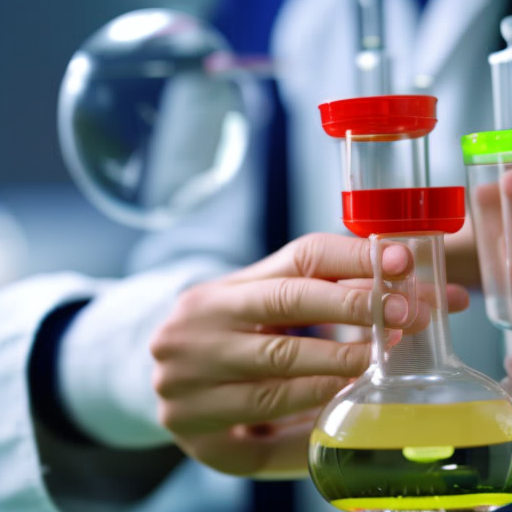Summary:
Medicinal chemistry is a multidisciplinary field that combines chemistry, biology, and pharmacology to discover, design, and develop new drugs. It involves the identification of potential drug targets, the synthesis and optimization of drug candidates, and the evaluation of their biological activity and safety. Medicinal chemists play a crucial role in the drug discovery process, working closely with other scientists to develop effective and safe medications for various diseases.
Introduction to Medicinal Chemistry:
Medicinal chemistry is the science of designing and synthesizing compounds that have therapeutic effects on the human body. It aims to develop drugs that can treat diseases by interacting with specific targets in the body, such as enzymes, receptors, or proteins. Medicinal chemists work to optimize the properties of these compounds, such as their potency, selectivity, and stability, to ensure their effectiveness and safety.
Drug Discovery Process:
The drug discovery process involves several stages, starting with target identification and validation. Medicinal chemists collaborate with biologists and pharmacologists to identify specific targets that are involved in disease processes. Once a target is identified, medicinal chemists design and synthesize small molecules or compounds that can interact with the target and modulate its activity.
Lead Optimization:
After the initial compounds are synthesized, medicinal chemists perform lead optimization to improve their properties. This involves modifying the chemical structure of the compounds to enhance their potency, selectivity, and pharmacokinetic properties. Medicinal chemists use various techniques, such as structure-activity relationship (SAR) studies and computer-aided drug design (CADD), to guide the optimization process.
Drug Development:
Once a lead compound with desirable properties is identified, it undergoes further evaluation in preclinical and clinical studies. Preclinical studies involve testing the compound in animal models to assess its efficacy and toxicity. If the compound shows promising results, it progresses to clinical trials, which involve testing the compound in humans to evaluate its safety, efficacy, and dosage.
Structure-Based Drug Design:
Structure-based drug design (SBDD) is a powerful approach used by medicinal chemists to design new drugs. It involves determining the three-dimensional structure of the target protein and using this information to guide the design of compounds that can interact with the target. SBDD relies on techniques such as X-ray crystallography, nuclear magnetic resonance (NMR) spectroscopy, and computational modeling to visualize the interactions between the target protein and the drug candidate.
Combination Therapy and Drug Resistance:
Medicinal chemists also play a crucial role in developing combination therapies to combat drug resistance. Drug resistance occurs when pathogens or cancer cells develop mechanisms to evade the effects of a single drug. By combining multiple drugs with different mechanisms of action, medicinal chemists can overcome drug resistance and improve treatment outcomes.
Conclusion:
Medicinal chemistry is a vital field that bridges the gap between chemistry, biology, and pharmacology to develop new drugs. Through the application of various techniques and approaches, medicinal chemists contribute to the discovery and development of safe and effective medications for the treatment of various diseases. Their work plays a crucial role in improving healthcare and enhancing the quality of life for patients around the world.












